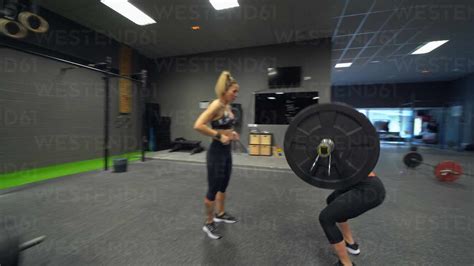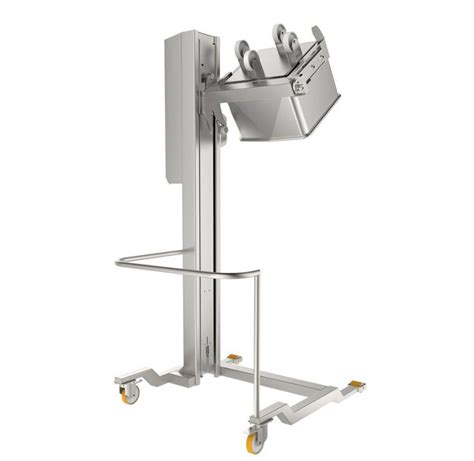Break strength plateaus: Optimize training for peak muscle & performance?

Understanding Strength Plateaus: The Obstacle to Growth
Every dedicated lifter encounters them: the dreaded strength plateaus. These frustrating periods occur when your progress in lifting weight, reps, or sets grinds to a halt, despite consistent effort. Far from being a sign of failure, plateaus are a natural part of the adaptation process. Your body is incredibly efficient; once it adapts to a stimulus, it requires a new, greater challenge to continue growing. Recognizing why you’ve hit a wall is the first critical step toward breaking through it and ushering in a new era of gains.

Common Causes Behind Stalled Progress
Several factors can contribute to a strength plateau, often in combination. Overtraining, a state where your body is subjected to more stress than it can recover from, is a prime culprit. This leads to diminishing returns, fatigue, and even injury. Conversely, undertraining or a lack of sufficient progressive overload means your muscles aren’t being adequately challenged to adapt. Inadequate nutrition, particularly insufficient protein or calories, will starve your muscles of the building blocks they need. Poor sleep and chronic stress also hinder recovery, making it impossible for your body to repair and grow stronger. Finally, simply sticking to the same routine for too long, without varying exercises, set/rep schemes, or intensity, will inevitably lead to stagnation as your body becomes accustomed to the stimulus.
Strategic Approaches to Shatter Plateaus
Vary Your Progressive Overload
Progressive overload isn’t just about adding more weight. It’s about continually increasing the demand on your muscles. If weight isn’t moving, try increasing reps, sets, decreasing rest times, slowing down the eccentric (lowering) phase, or incorporating advanced techniques like pause reps. Even improving your lifting technique can allow you to lift more effectively and safely, leading to new personal bests.

Embrace Periodization
Periodization involves systematically varying your training variables over time. Instead of constantly going all-out, you’ll cycle through phases of higher volume/lower intensity, lower volume/higher intensity, and active recovery. Linear periodization gradually increases intensity while decreasing volume, while undulating periodization changes these variables more frequently (e.g., daily or weekly). This strategic planning prevents overtraining, allows for better recovery, and ensures you’re continually challenging your body in new ways, leading to sustained progress.
The Power of Deloads and Active Recovery
Often overlooked, planned deload weeks are crucial for long-term progress. A deload involves significantly reducing your training volume and/or intensity for a week. This allows your central nervous system to recover, repairs accumulated tissue damage, and prevents burnout. After a deload, many lifters find they return to the gym stronger and more refreshed, ready to push past previous limits. Active recovery, such as light cardio, stretching, or foam rolling, also aids blood flow and reduces muscle soreness, supporting overall recovery.

Refine Nutrition, Hydration, and Sleep
You can’t out-train a poor diet or lack of sleep. Ensure your caloric intake supports your activity level and muscle growth goals, with adequate protein (around 1.6-2.2g per kg body weight) to facilitate repair and synthesis. Don’t neglect healthy fats and complex carbohydrates for energy. Stay well-hydrated, as even mild dehydration can impair performance. Aim for 7-9 hours of quality sleep per night; this is when the majority of muscle repair and hormone regulation occurs, vital for strength gains.
Advanced Training Techniques for an Extra Edge
Once you’ve mastered the fundamentals, advanced techniques can provide the extra stimulus needed to break through stubborn plateaus:
- Drop Sets: Perform a set to failure, immediately reduce the weight, and continue for more reps.
- Supersets/Giant Sets: Perform two or more exercises back-to-back with minimal rest.
- Partial Reps & Static Holds: Overload specific ranges of motion or strengthen sticking points.
- Post-Activation Potentiation (PAP): Performing a heavy lift (e.g., a single rep at 80-90% 1RM) followed by an explosive movement (e.g., box jumps) can temporarily increase power output.
- Tempo Training: Deliberately controlling the speed of each rep, especially the eccentric phase, to increase time under tension.

The Importance of Consistency and Adaptation
Breaking plateaus is an ongoing process of experimentation and adaptation. Keep a detailed training journal to track your lifts, sets, reps, and how you felt. This data is invaluable for identifying patterns, understanding what works for your body, and making informed adjustments to your program. Be patient, stay consistent, and don’t be afraid to try new things. Your body is incredibly resilient, but it needs the right stimulus and ample recovery to continually grow stronger and perform at its peak.

Conclusion: Your Path to Unlocking Peak Performance
Strength plateaus are not roadblocks; they are signposts indicating it’s time to refine your strategy. By understanding the causes, implementing varied progressive overload, periodization, prioritizing recovery, optimizing nutrition, and strategically incorporating advanced techniques, you can effectively break through these barriers. Embrace the journey of continuous learning and adaptation, and you’ll not only surpass your current strength limits but also build a more resilient, powerful, and high-performing physique. The path to peak muscle and performance is paved with intelligent training and unwavering dedication.







